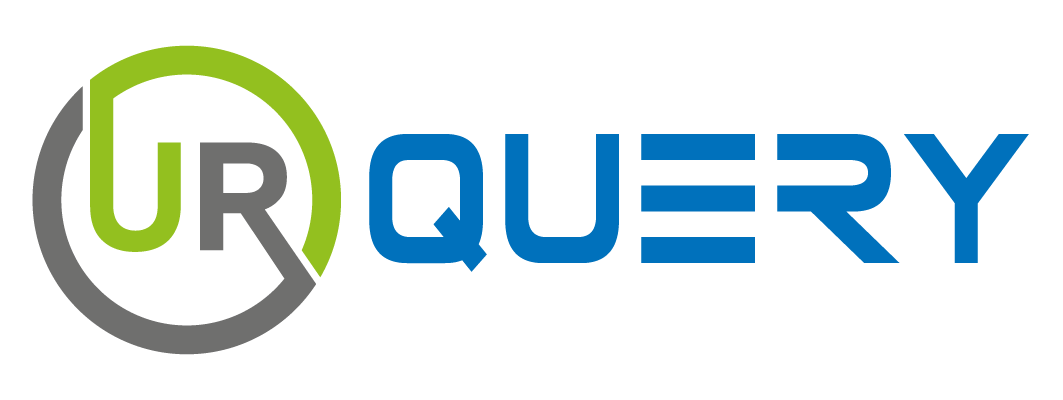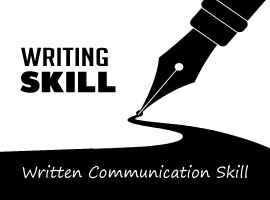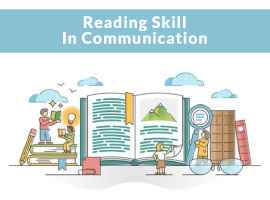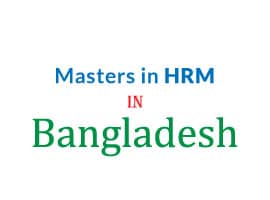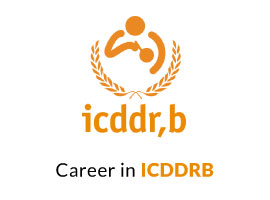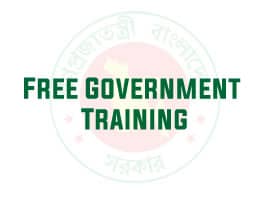In the managerial route, decision making contains a high value. In fact, it is vital for any task that requires planning or coordination. It is because; it allows us to prioritize tasks and craft informed decisions about our actions. When we implement it potently, it can pilot to amended productivity and better outcomes overall. Thus, it can be really apt for the board.
However, it can be broken down into three categories. For instance, we can name those as goal setting, planning, and execution. Here, goal setting is the route of detecting your goals and swaying how you are going to attain them. Planning involves developing a strategy that will aid you in grasping your objectives. And finally, execution comprises the apt route of the plan. Here, we will explore more about it. Let’s have a glimpse in the following lines.
What Is Decision Making?
Firstly, we must discern the profound meaning of this term. Truly, decision making is the route of choosing one option among a set of alternatives to achieve the desired goal. It can be tenacious, but with practice, it becomes facile and more efficacious.
Here, it contains several stages which require careful concern to craft the decisions to be sound and effective. For instance, you may try to craft a business plan. In this case, you must craft and design apt aspects. From market research to budgeting, you must ponder the entire facts before starting work on the project. Additionally, you should keep track of headway throughout the entire route.
In this way, you can ensure that modifications are optimal. Ultimately, it is an exigent part of any successful journey. However, it involves counting all available information and forming an appropriate plan or strategy. This decision typically requires some level of cognitive effort. Here, these things can be challenging when faced with complex choices.
In short, deciding what to do and how to go about it can be a ticklish task. But it is an essential part of life. When crafting decisions, you need to first assess the situation to form a plan of action. Then, weigh all the pros and cons of each option before crafting a choice. Finally, execute your chosen course of action with faith by sticking to your plan even when things get grim.
What Is Strategic Decision Making?
Strategic decision making is the route of taking a broad view of all aspects of an organization. Besides, it is a route of crafting informed decisions that will pilot to meet strategic objectives. It involves discerning the business environment, analyzing data, and formulating apt strategies based on this information. Each aspect of an organization can sway how well it attains its goals.
For this reason, it is exigent to have a clear vision of what success looks like and craft decisions. After that, it will enable your company to grasp this destination. At the same time, you must be willing to continually adapt your plans as new info becomes available. Here, the best mode to certify fruitful strategic decision making is by having a team.
In fact, the team must store individuals with diverse skillsets. Besides, they can collaborate potently. Thus, they will discern the sway of teamwork which can pilot to secure the corporate triumph. It is the route of taking a holistic view of an issue and crafting decisions. After that, you can align it with your organization's goals and objectives.
Most importantly, it takes alertness, pensiveness, and judgment to craft sound decisions. It will aid your business in succeeding in the long run. In this case, you must cognize the current mode of the marketplace as well as overall trends. This will allow you to grasp better outcomes. In addition, the behavioral pattern of the client is a cotter key here.
Importance of Decision Making
Decision crafting is one of the most exigent skills that you can learn. Besides, it is critical for any career or life path. The ability to craft informed decisions under pressure is exigent for success in any area of your life. When it comes to working, it contains discerning what options are available to you. Then, it shows the route of going ahead and applying for the position.
Moreover, the key with anything in life is being able to objectively look at the facts while still retaining flexibility. After that, you can set a plan as necessary. You must nurture this talent. It allows you to craft choices that are based on logic and reason. Now, we must explore its importance clearly. Let's have a look at the next lines.
• Saves Time and Money:
Firstly, it can often save your time and money by dipping the unnecessary tasks. Actually, it can aid you in narrowing down your options quickly. By pondering factors like the atmosphere, price range, and other restrictions, you can pick the perfect option.
By acting faster when it comes to forming a decision, you can avoid wasted effort or mistakes. It is especially exigent if your decision sways your livelihood or personal safety. When shopping for groceries, a well-planned decision will minimize this boredom by stocking.
• Boost Productivity:
Well, it can boost productivity in a number of ways. First, it aids in clearing the mind and allows for more creative thinking. Second, when decisions are made quickly and efficiently, they tend to be better-informed ones. It pilots better decision-crafting overall.
It is because; subsequent actions come based on sound information rather than emotion or intuition. Lastly, well-made decisions generally pilot to satisfaction with outcomes which boosts morale resulting in increased productivity. Therefore, it is a really emergent part of the leader.
• Better Use of Resources:
You will observe that it is a route of picking options from a range of alternatives to attain the desired outcome. Besides, it involves counting goals, assessing plausible courses of action, and then picking the best option. Here, it appears based on the state and its budding costs.
Above all, it is exigent for both short-term and long-term plans of usability of resources. After that, the board grasps the apt pathway to boost the efficacious results. Here, resources are the key for them. Thus, making apt decisions aids in ensuring exact and accurate usage of resources.
• Detects the Right Opportunities:
Certainly, it is a complex route that involves the assessment of multiple factors to arrive at a decision. These factors can contain past experiences, current information, and anticipated outcomes. After weighing these variables properly, it lets for brainy choices to be made.
Similarly, when pondering whether or not to invest in stocks, you need to consider risks. For instance, you must count financial instability and plausible market crashes. After all, these countings are verily exigent for the organization. Thus, they can grasp their goals.
What Is Decision Making Matrix?
Well, the decision making matrix is a very current tool that can aid you in crafting better decisions. Here, you can count the diverse options and their corresponding benefits and drawbacks by using them. After that, you can pick the best course of action. The matrix consists of four quadrants, each of which represents one plausible decision scenario.
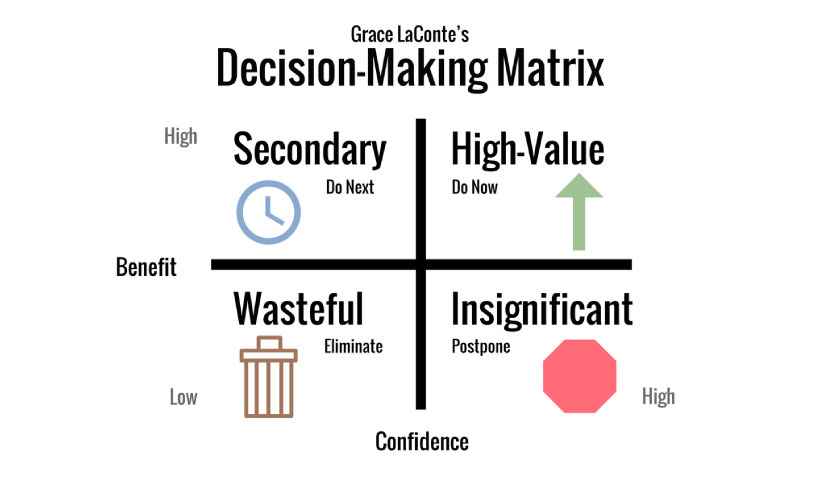
The left-hand side contains the alternatives, while the right-hand side lists all of its associated benefits and costs (positive or negative). By filling in either column with information about your situation, you can quickly evaluate various options. Besides, you can pick the most advantageous path for yourself. You know what; this matrix is a highly apt tool for boosting the analysis pathway.
Conversely, you can use this matrix to identify your strengths and weaknesses when it comes to certain decision making. In addition, it can refine your pondering route so that you are more likely to craft sound choices overall. Thus, the course of the organization plan grasps the entire goal and attainment. Above all, you can discern the challenges and scope of triumph.
What Is Decision Making Process?
Deciding what to do next is an exigent part of any decision crafting route. It comprises forming a plan, rallying information, evaluating the options, and picking the best option. It typically starts with determining your goals. Once you know what you want, it is exigent to gather as much information as plausible about the available options. Besides, you must count their potential consequences.
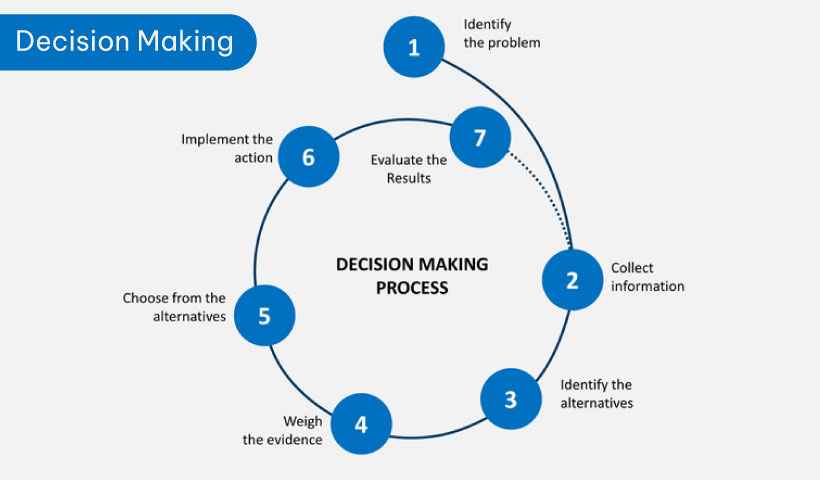
You may then evaluate those options based on key factors such as cost, ease of use, and benefits VS risks. Once you have picked an option, you must make sure to put in place a plan of action. After that, you can potently implement it. Above all, you should check back periodically to see how things are going and craft necessary adjustments if needed.
Most importantly, decision making is a complex route that involves several stages. The first stage is the stimulus or trigger, which causes you to become aware of an opportunity or problem. The second stage is analysis, in which you attempt to cognize the state and figure out the apt course of action. The third stage is implementation. It may comprise planning how to attain your goals.
Types of Decision-Making Process
With the course of accuracy and implementation, you can observe several variations of the decision making process. Here, it can work for the route to success. In this case, you must discern its types accurately. Truly, diversity shows us the highly apt and delivered ways of crafting a decision. Therefore, we have initiated this phase to explore the variance.
Most importantly, the arcade of the business is a form of action. In this case, the decision should come after analyzing several data. Therefore, their diversity plays an emergent role. Above all, the leaders of a business organization set the route pondering the current state. So, let's look at the following lines to discern more about it.
• Routine and Basic Decision Crafting:
Routine and basic decision crafting is the route of identifying a set of goals and courting information. Besides, it takes the pathway of taking action based on that data. You can apply it in both personal and professional life contexts. But, it is particularly handy for frequently performing deeds.
• Personal and Organizational Decision Crafting:
Certainly, this decision appears from the intellectual consideration of a person or organization. It varies based on their capacity, wisdom, and necessity. Actually, every aspect of personal life comes with this process. In addition, the organization picks this mode of action through the state of the market and business.
• Individual and Group Decision Crafting:
In many cases, you will observe that decision comes individually. Conversely, the evidence also is available to craft decisions by a group. Here, everything appears in need of the position. After that, the organization assigns a folk or group to do this as part of the strategy.
• Policy and Operating Decision Crafting:
The policy decision crafting is a process when it entirely relates to the core policy of an organization. On the other hand, the operation policy points to the activities of the business. Thus, these things vary in a usual mode. After that, the decision comes to meet the need of the organization.
• Planned and Unplanned Decision Crafting:
Truly, the decision crafting process can be planned or unplanned. It relies on the decision-maker of the organization. Above all, the planned decision picks a structured form. Conversely, the unplanned decision appears in an unstructured formation which is not efficacious at all.
• Tactical and Strategic Decision Crafting:
In the day to day business activities, we observe that leaders usually pick the tactical style. It contains the least sway on the goat attainment of the organization. Conversely, the strategic style is a little tenacious to make. But, it carries the most fruitful outcome actually.
Decision Making Process Example
Well, the decision crafting route varies relying on the individual and their specific circumstances. However, commonalities between successful decision-makers are that they are able to stay calm under pressure. Besides, they usually eye on the facts rather than emotions. They also have a clear discerning of what they crave and how best to attain it.
To be potent in decision crafting, you need to first assess your current state. Besides, you must discern where you currently stand. Next, you should craft a plan based on your assessment that will take you closer to your goal. Here, you will need to be creative while following through with this plan. In this way, you can attain your goal accurately.
However, you can set the marketing plan for your organization. In addition, hiring employees accurately can be another example of a decision making process. After that, setting client databases, production facilities, and many more things can be an apt example of this process. Therefore, you can cognize the decision-crafting process in an apt manner.
What Is the Relationship between Decision Crafting and Planning?
Certainly, you can observe a strong relationship between decision crafting and planning. It is because; they are both exigent for crafting informed decisions. Decision crafters need to craft an assessment to reach conclusions. Here, the process is particularly evident when it comes to complex issues or projects that require multiple steps and phases.
When decisions are not well planned, the route can become derailed and pilot to frustrating results. In contrast, effective decision crafting routes rely on clear goals, timelines, resource allocation strategies, and communication mechanisms. All of these components aid the decision-makers in the running toward the fruitful completion of their goal.
Actually, you can craft a decision if your brain is ready to pick the route of planning. It comprises gathering and organizing data, crafting comparisons and judgments, and weighing probabilities and other options. This route is often referred to as cognitive dissonance because it aids us in resolving contradictions. Besides, it may guide in gathering new information to diminish these conflicts.
Conclusion
Finally, it is clear that decision making is one of the most exigent skills. However, you can develop this skill for the betterment of the organization. It is really handy if you crave to be a high-performing individual. It allows for prioritizing and organizing information, setting goals, and developing strategies. Truly, improved productivity comes with well decision crafting. It enables us to more hastily come up with the potential answer.
